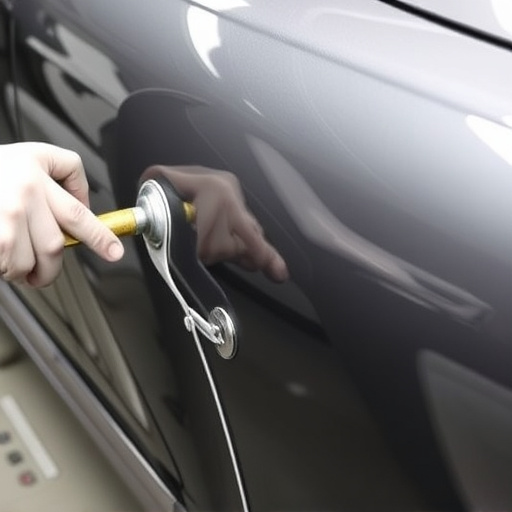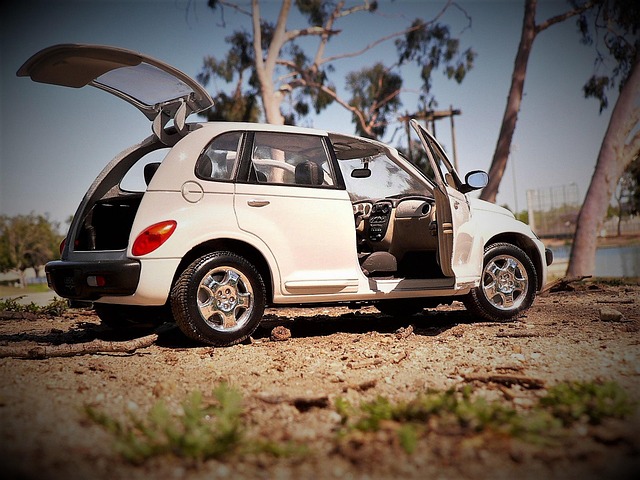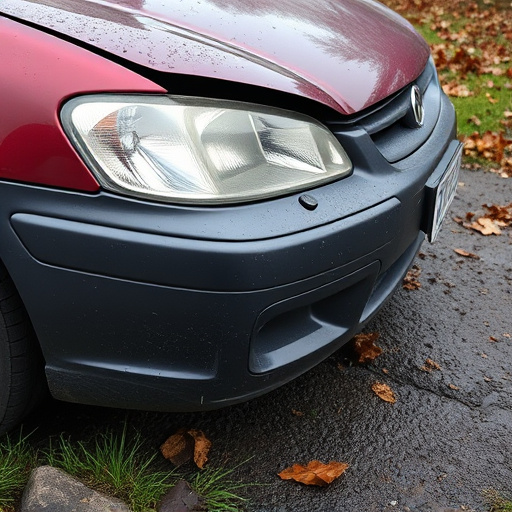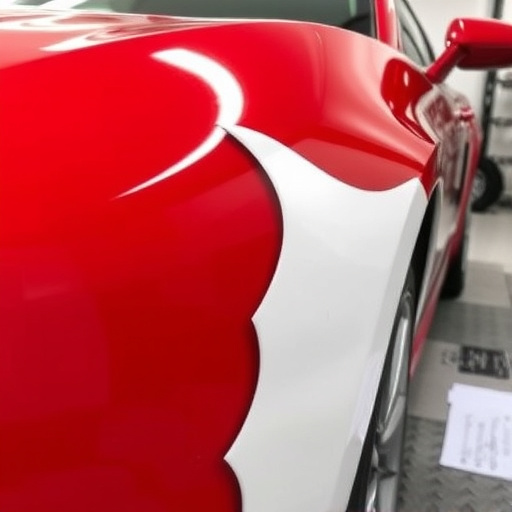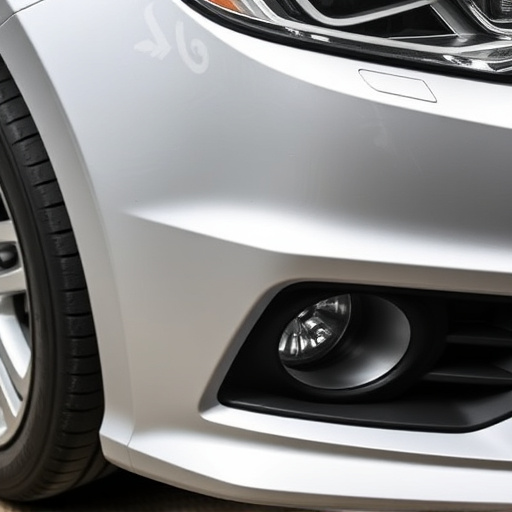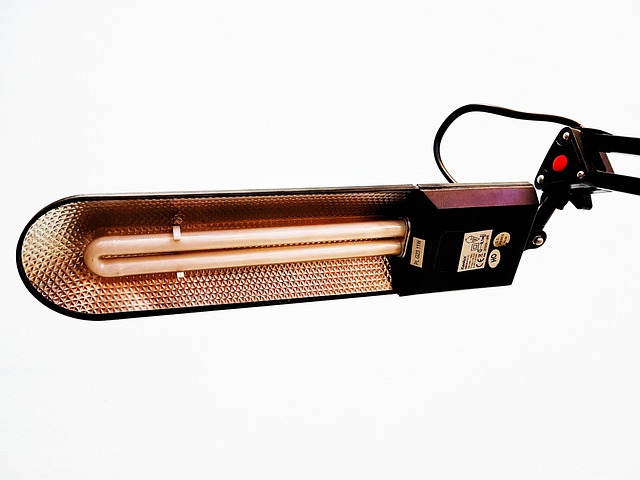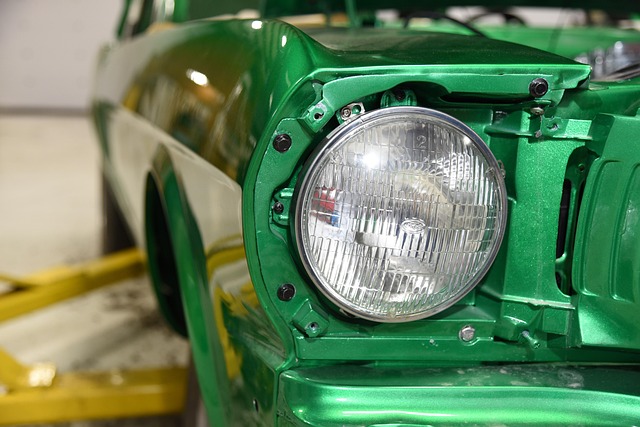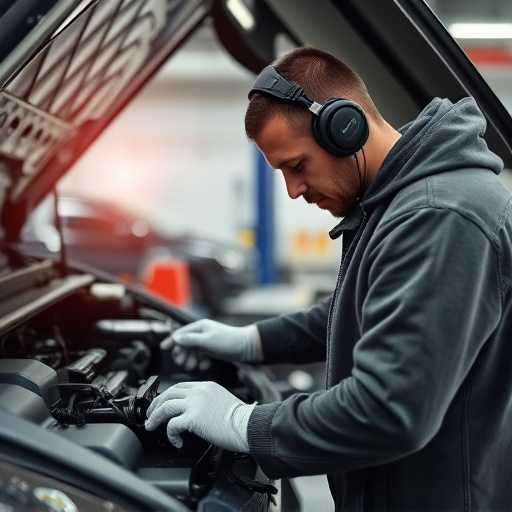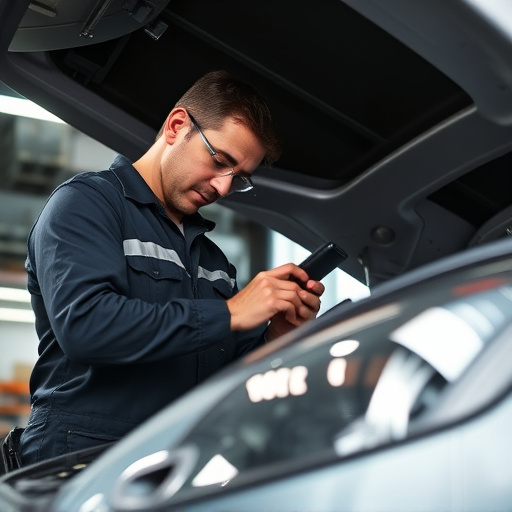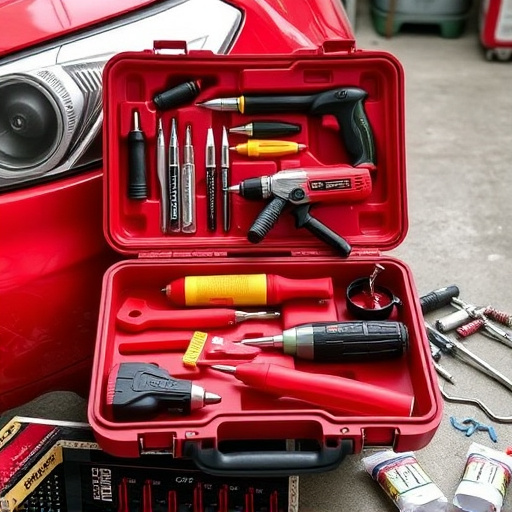As environmental awareness grows, demand for eco-friendly auto body shop repairs surges. Traditional methods contribute to pollution and waste, prompting a shift towards greener practices like scratch repair. Stricter global policies drive innovation in eco-friendly repairs, with companies using recycled materials and advanced technologies like biodegradable products and water-based paints. This trend offers reduced carbon footprint, minimized air pollution, healthier work environments, and cost savings, positioning shops as industry leaders while contributing to a cleaner future. Consumer demand for environmentally safe repair is driving market transformation towards sustainable solutions.
In today’s eco-conscious world, the demand for environmentally safe repair practices is on the rise. This shift is driven by a growing awareness of our planet’s fragility and the need to reduce the ecological footprint of various industries. This article explores how environmental policies are revolutionizing the repair sector by fostering innovation in eco-friendly solutions. We’ll delve into the key factors creating this green revolution, highlighting the benefits for both businesses and the environment while also looking ahead to future prospects.
- Understanding the Need for Environmentally Safe Repair
- Key Environmental Policies Shaping the Industry
- Benefits and Future Prospects of Eco-Friendly Repairs
Understanding the Need for Environmentally Safe Repair

In today’s world, where environmental concerns are at the forefront of public discourse, the demand for environmentally safe repair solutions has never been more pressing. The traditional auto body shop often relies on methods and materials that contribute to pollution and waste, highlighting the need for a greener approach. As consumers become increasingly conscious of their ecological footprint, they seek out eco-friendly options for car body shop repairs, encouraging a shift in industry practices. This change is not just a response to consumer demand but also a recognition of the broader environmental impact.
The concept of environmentally safe repair goes beyond simply avoiding harmful chemicals; it encompasses innovative techniques like scratch repair, which minimizes waste and energy consumption. By adopting these strategies, auto body shops can reduce their carbon footprint while still providing top-quality services. This dual benefit—protecting the environment and maintaining high standards—drives the industry towards a more sustainable future, ensuring that repairs are both effective and kind to our planet.
Key Environmental Policies Shaping the Industry

In recent years, a significant shift has occurred within the automotive industry as key environmental policies drive innovation in environmentally safe repair practices. Governments worldwide are implementing stricter regulations to reduce carbon emissions and promote sustainable practices, which is leading to groundbreaking advancements in auto repair services. These policies are compelling businesses to adopt eco-friendly approaches, from the materials used to the energy sources powering their operations. For instance, many companies are now prioritizing the use of recycled and biodegradable materials for car scratch repair and auto body services, minimizing waste and reducing their environmental impact.
The push for sustainability is not only about regulatory compliance but also about consumer demand for greener options. As awareness grows about climate change, folks are increasingly seeking environmentally conscious solutions for their vehicle repairs. This trend is fostering a revolution in the way auto repair shops operate, with many embracing innovative techniques and technologies to offer more sustainable car scratch repair and auto body services. Consequently, these businesses are not only contributing to a cleaner environment but also positioning themselves as industry leaders by meeting the evolving needs of eco-conscious consumers.
Benefits and Future Prospects of Eco-Friendly Repairs

The shift towards environmentally safe repairs is revolutionizing the automotive industry, offering numerous benefits that extend beyond sustainability. By adopting eco-friendly practices, such as using biodegradable materials and water-based paints, repair shops can significantly reduce their carbon footprint. This not only minimizes air pollution but also contributes to a healthier work environment for technicians. Moreover, these innovations often lead to more efficient processes, cutting down on waste and energy consumption in car bodywork and dent removal procedures.
Looking ahead, the future of environmentally safe repairs promises further advancements in materials science and technology. As research progresses, we can expect even more sustainable alternatives to traditional automotive collision repair methods. These developments will not only benefit the environment but also drive cost savings for consumers and businesses alike. With increasing consumer demand for eco-conscious solutions, the market is poised for a significant green transformation, setting the stage for a cleaner, greener future in the industry.
Environmental policies are catalyzing a significant shift towards environmentally safe repair practices, demonstrating that sustainability is not just a trend but a necessary evolution. By understanding the pressing need for eco-friendly solutions and leveraging key industry regulations, businesses and individuals alike can contribute to a greener future. The benefits of these policies are clear: reduced environmental impact, cost savings, and job creation in emerging green sectors. As we look ahead, continued innovation and collaboration will be vital to fully realize the potential of environmentally safe repair, ensuring a sustainable and resilient global economy.

